|
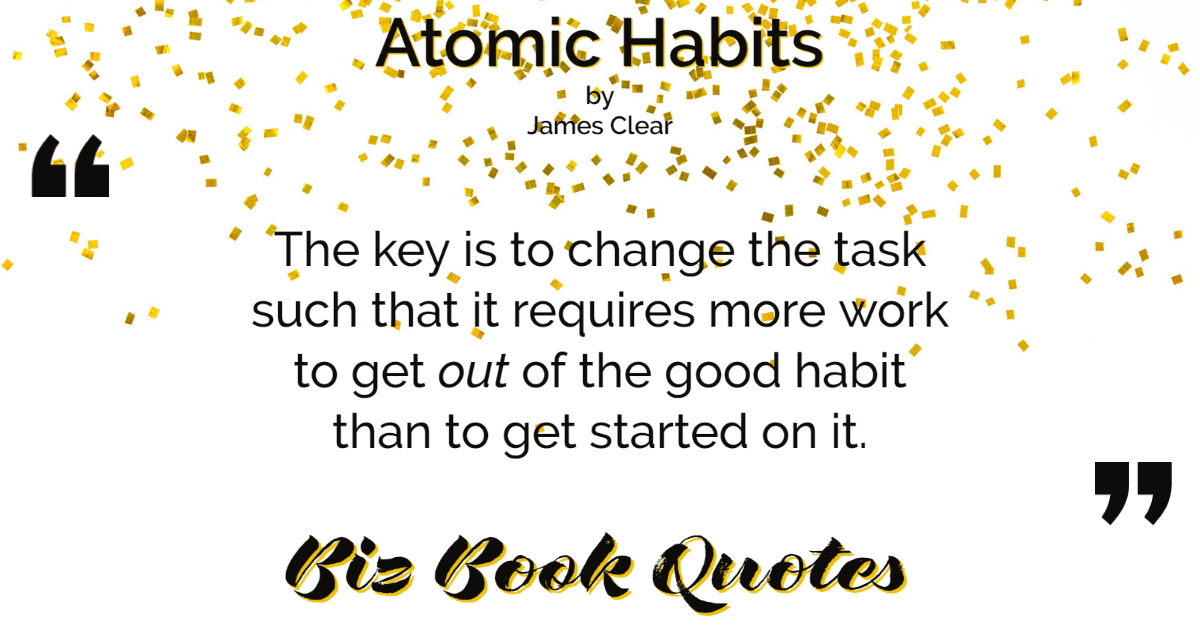
|
Atomic Habits:
The key is to change the task such that it requires more work to get out of the good habit than to get started on it.
|
171 |
|
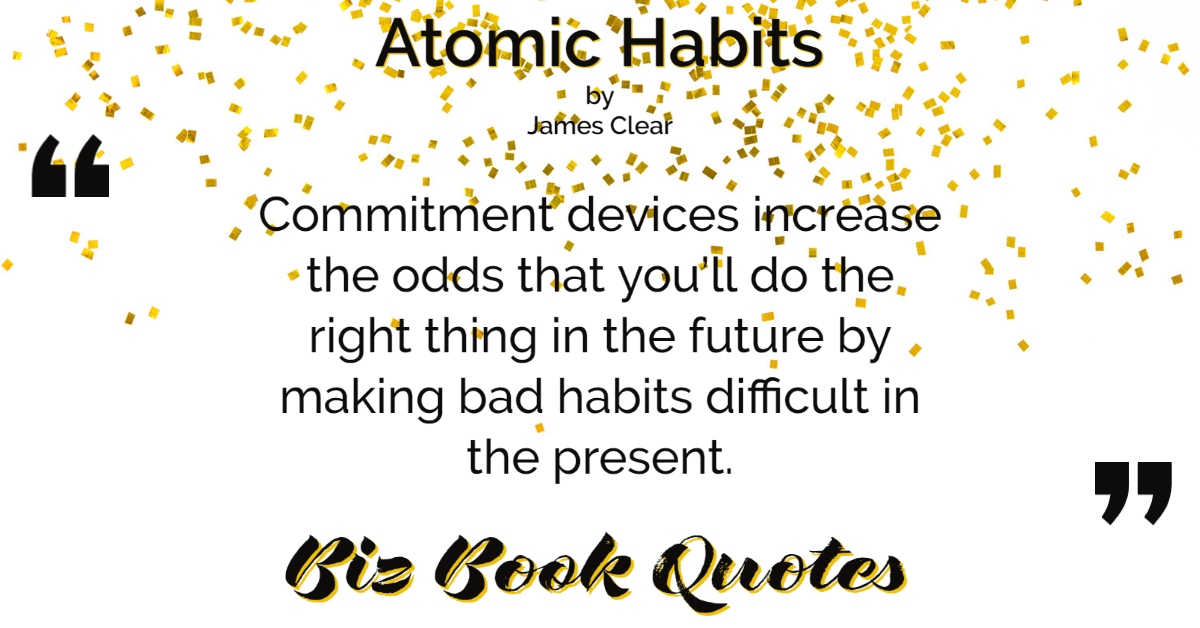
|
Atomic Habits:
Commitment devices increase the odds that you’ll do the right thing in the future by making bad habits difficult in the present.
|
171 |
|

|
Atomic Habits:
The best way to break a bad habit is to make it impractical to do. Increase the friction until you don’t even have the option to act.
|
172 |
|
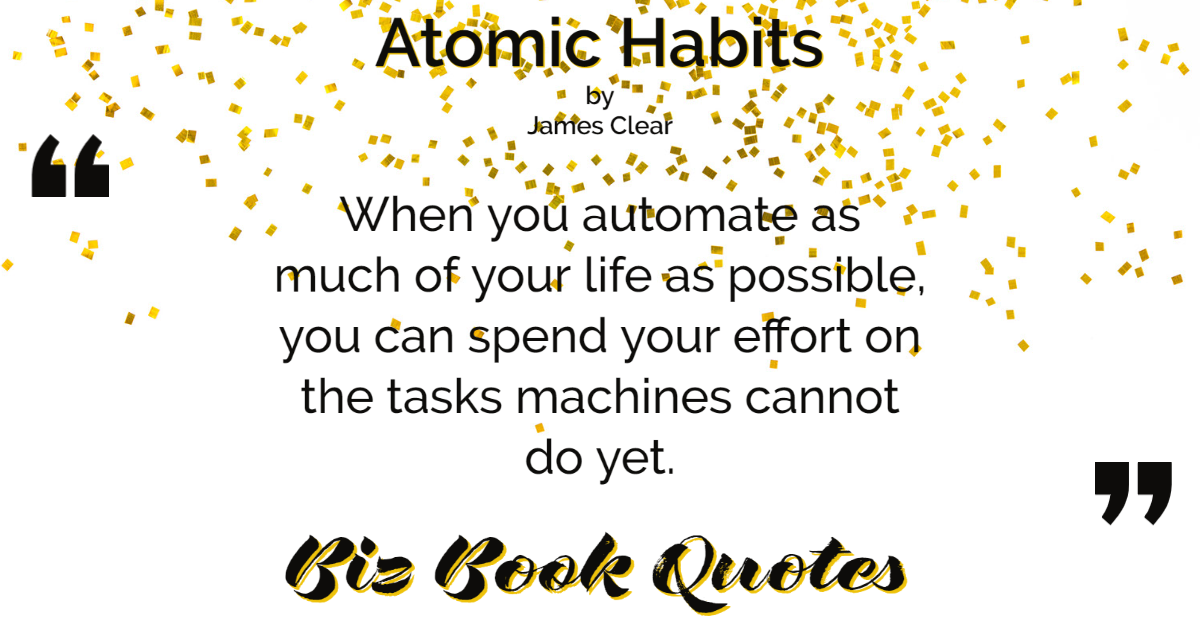
|
Atomic Habits:
When you automate as much of your life as possible, you can spend your effort on the tasks machines cannot do yet.
|
174 |
|
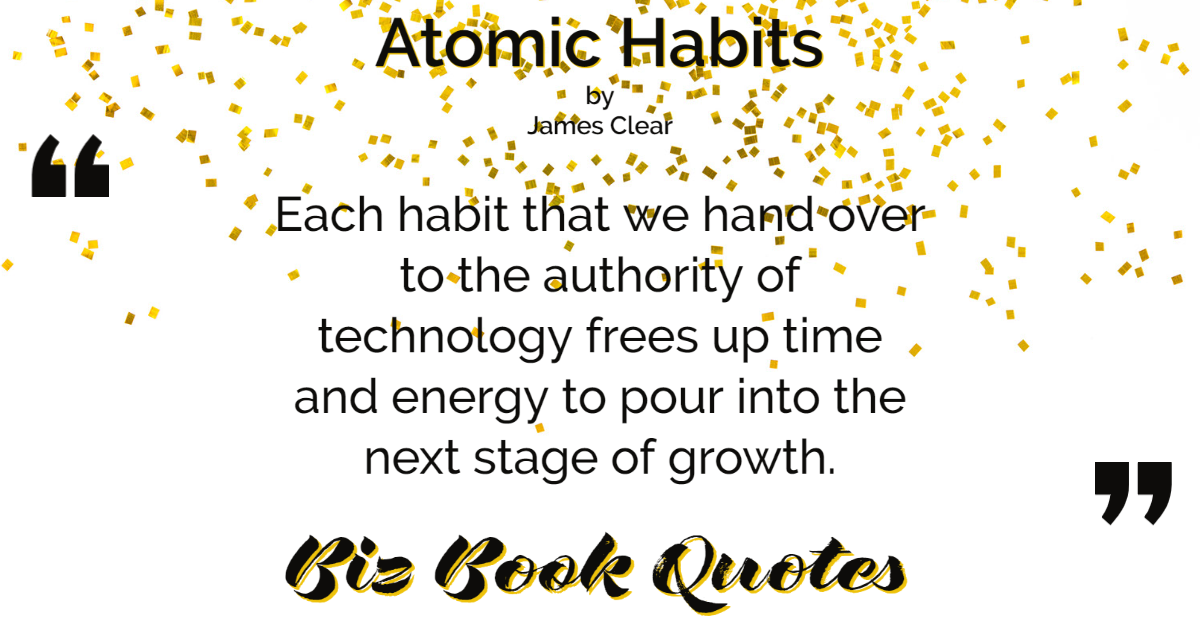
|
Atomic Habits:
Each habit that we hand over to the authority of technology frees up time and energy to pour into the next stage of growth.
|
174 |
|
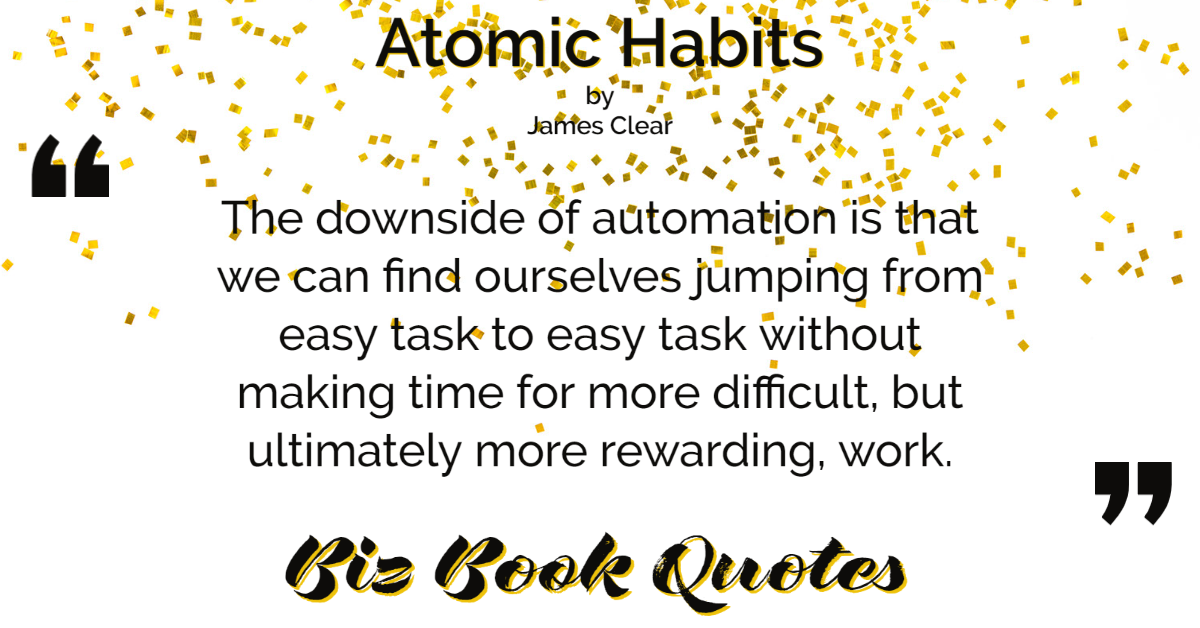
|
Atomic Habits:
The downside of automation is that we can find ourselves jumping from easy task to easy task without making time for more difficult, but ultimately more rewarding, work.
|
174 |
|

|
Atomic Habits:
When working in your favor, automation can make your good habits inevitable and your bad habits impossible. It is the ultimate way to lock in future behavior…
|
175 |
|
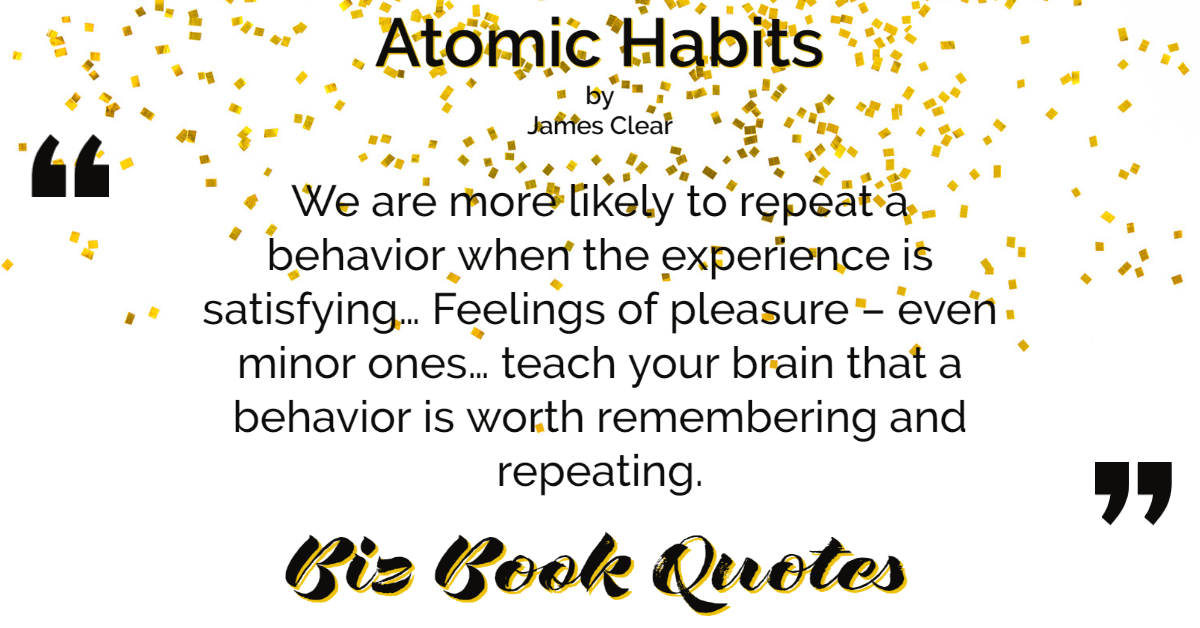
|
Atomic Habits:
We are more likely to repeat a behavior when the experience is satisfying… Feelings of pleasure – even minor ones… teach your brain that a behavior is worth remembering and repeating.
|
185 |
|

|
Atomic Habits:
The world has changed much in recent years, but human nature has changed little.
|
188 |
|
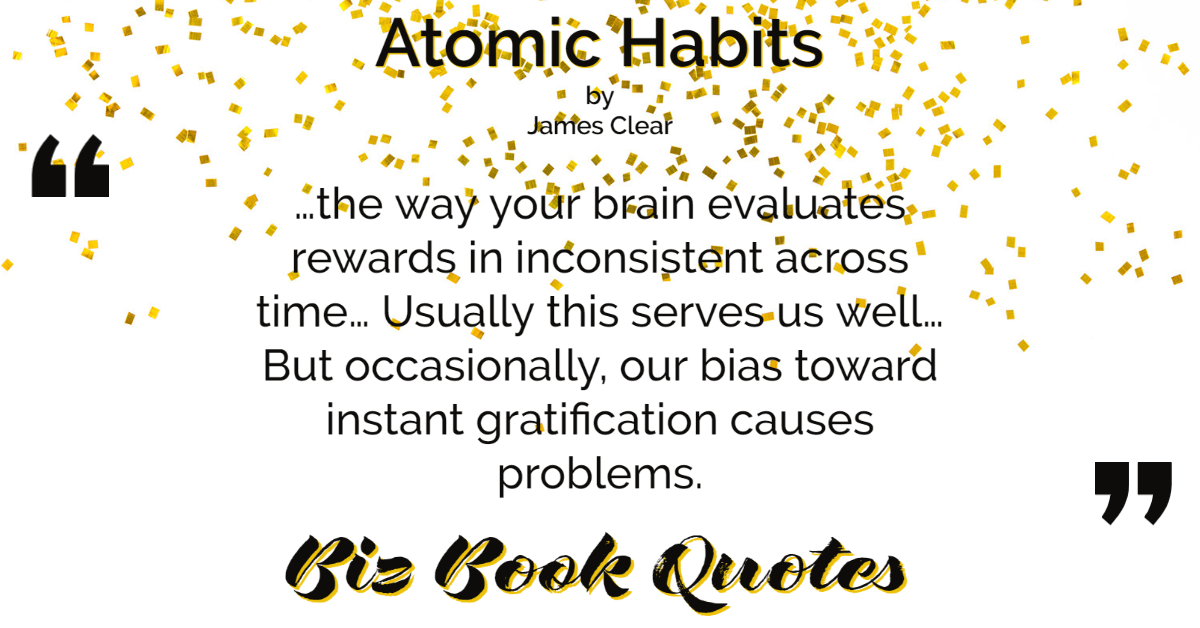
|
Atomic Habits:
…the way your brain evaluates rewards in inconsistent across time… Usually this serves us well… But occasionally, our bias toward instant gratification causes problems.
|
188 |











